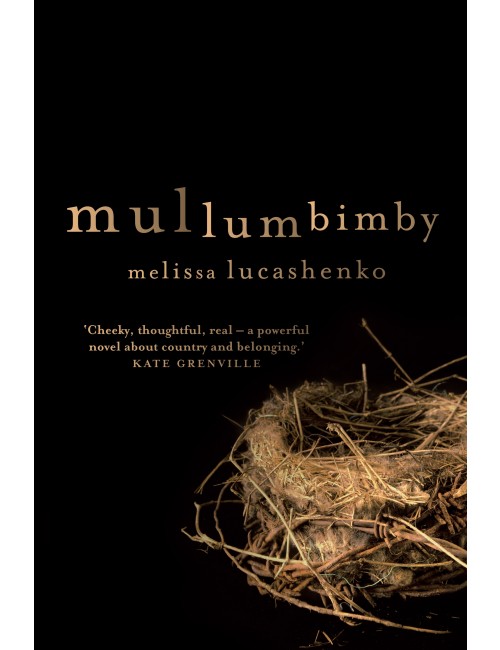

White wisps lingered among the dark knotty pines beside it. She writes: ''The bottom dam was hazy with mist. ''For people who practise Aboriginal lore there is very little distinction between the land and self.'' It is a ''blueprint'', embedded in the psyche written on the body. Someone knows she is there and someone is welcoming her, but not everything is understood and not everything is to be understood.'' This is about the mystery at the heart of things.

''It is hard not to take these things as signs sometimes. ''I have been that close to a wedge-tail, they are a spectacular bird,'' she says. Her fifth novel, Mullumbimby, is imbued with a visceral, animistic feeling for the land, what is on it and what passes over it.įairy wrens ''had a lot to say about intruders so close to their bottlebrush tree'', ibis ''mutter to each other'', and a circling wedge-tailed eagle could be the deceased aunt of her protagonist, Jo. White people see Rotary parks and headlands, we see sacred sites.'' We see the world that white people see but we are also seeing a mythic landscape at the same time and an historic landscape. There must have been takes where she balled her eyes out.She sees symbols and signs, birds bringing messages, hears ancient voices on the wind. How Tasma Walton was able to get through reading this incredible, emotional book without crying I will never know. The narrating was also absolutely on point. I found the structure of the whole thing to be perfectly sophisticated and truly inspiring. She seamlessly weaves Bandjalang words and phrases into a deceptively simple style, so by the end of the book you know quite a bit of 'lingo'.

I just love Melissa Lucashenko's use of language. Listening to this audiobook opened my heart and wrenched many gasping tears from my centre, often sadness but mostly joy and awe. As I am a white Australian male, the insights gained through this masterpiece can not really be expressed in words, except that I am floored and so grateful. I'd recommend it over and over to anyone.


 0 kommentar(er)
0 kommentar(er)
